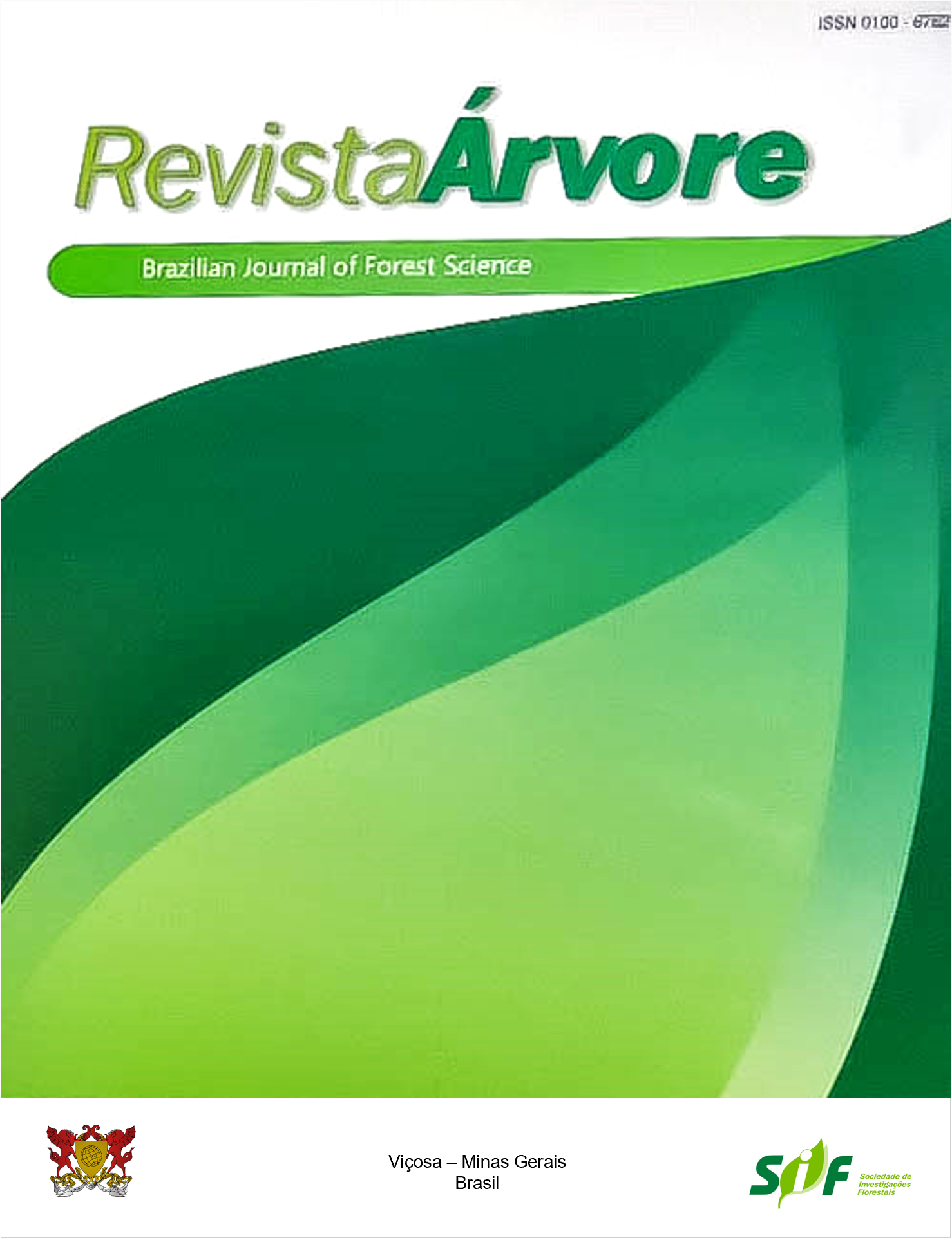PHYSIOLOGICAL AND MORPHOANATOMIC RESPONSES OF Bowdichia virgilioides KUNTH. (FABACEAE) TO GLYPHOSATE
Keywords:
Herbicide, Phytotoxicity, CerradoAbstract
The expansion of agribusiness in Brazil is partly due to the expansion of arable areas in the Cerrado biome, which, consequently, leads to an increase in the use of herbicides, including glyphosate. Therefore, the objective of this study was to evaluate the physiological and morphoanatomic responses of Bowdichia virgilioides Kunth. (Fabaceae), when exposed to the herbicide glyphosate, under controlled greenhouse conditions. In addition, the study proposed to identify possible response patterns of the studied species and provide subsidies for the study of the species in areas affected by the drift of the herbicide. The experimental design was in randomized blocks, with seven doses of the herbicide: 25, 50, 100, 200, 400, 800, and 1200 g i.a ha-1 besides the control (0), with four repetitions each. Gas exchange, chlorophyll a fluorescence emission, chloroplast pigment content, membrane permeability, and visual and anatomical features were analyzed. The results showed that glyphosate is phytotoxic to B. virgilioides because, even at low doses, this herbicide was able to affect all parameters analyzed. There was also confirmation of the presence of phenolic compounds, mainly in the palisade parenchyma. The metabolic alterations presented demonstrated the sensitivity of B. virgilioides to glyphosate. Thus, the observed responses can serve as a tool for diagnosing the effects of glyphosate exposure on this species, present in native areas affected by the drift of this herbicide. Its indiscriminate use poses a risk to Cerrado biodiversity.
Keywords: Herbicide; Phytotoxicity; Cerrado
Downloads
Published
How to Cite
Issue
Section
License
Copyright (c) 2021 Revista Árvore

This work is licensed under a Creative Commons Attribution 4.0 International License.
All authors agreed to submit the work to Revista Árvore and granted the exclusive license to publish the article. The authors affirm that it is an original work and has not been previously published elsewhere. The scientific content and opinions expressed in the article are the sole responsibility of the authors and reflect their opinions, not necessarily representing the opinions of the editorial board of Revista Árvore or of the Society of Forest Investigations (SIF).




